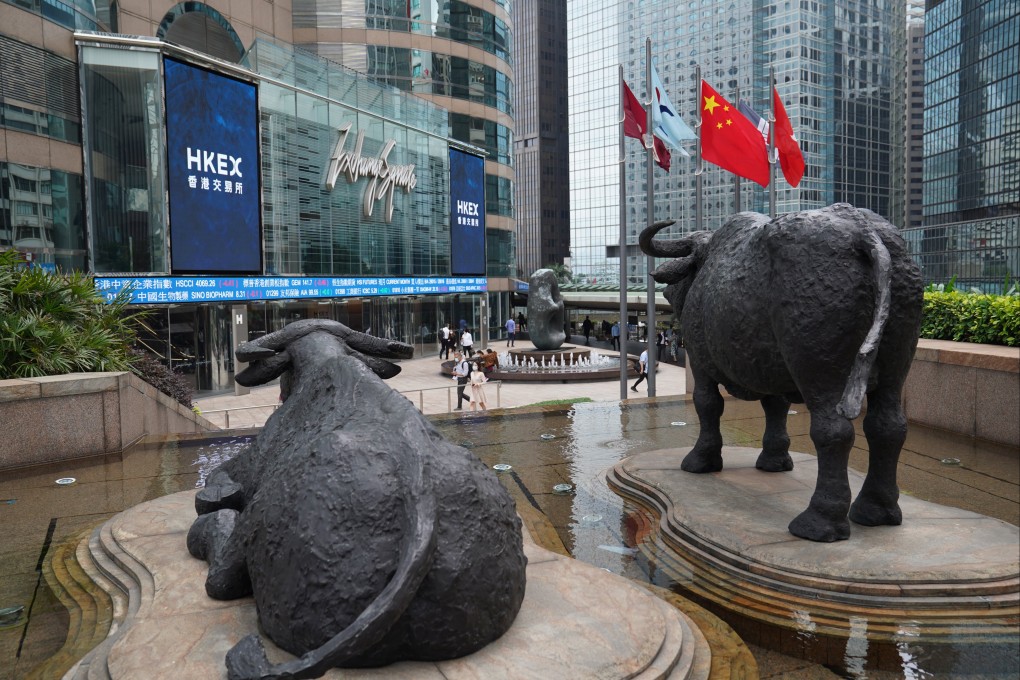Advertisement
Hong Kong stock exchange must expand reforms to allow SPACs and smaller companies to raise funds, experts say
- Hong Kong stock exchange must undertake more reforms to attract SPACs and tweak rules to make it easier for small firms to list in the city
- Hong Kong stock exchange is poised to see the fewest new listing in the April to June quarter since the second quarter of 2013
Reading Time:3 minutes
Why you can trust SCMP

Leading market experts have urged the Hong Kong stock exchange to undertake further reforms to attract more international and Chinese companies to raise funds in the city, even as new listings in the second quarter are poised to fall to the lowest level in eight years.
They called on the exchange to allow special purpose acquisition companies (SPACs), also known as blank-cheque firms to raise funds, adopt a disclosure-based model to attract international firms and tweak rules to help smaller companies launch initial public offerings.
Hong Kong can still get on the SPAC bus, said Gilbert Li, corporate partner and co-head of China equity capital markets of legal firm Linklaters.
Advertisement
“I don’t think Hong Kong is too late to allow SPACs to raise funds,” Li told the annual China Conference organised by the South China Morning Post on Wednesday.
Nana Li, research and project director for China at the Asian Corporate Governance Association, another speaker on the panel, said Hong Kong should enhance corporate governance and investor protection to attract overseas companies.
Advertisement
Advertisement
Select Voice
Choose your listening speed
Get through articles 2x faster
1.25x
250 WPM
Slow
Average
Fast
1.25x
